|
Did you know the titan arum flower smells like a rotting corpse? This plant (Amorphophallus titanum) is also called the corpse flower or carrion flower. As the enormous flower blooms, it gives off a strong scent people often describe as similar to rotting meat.
The plant has evolved this particular scent because it attracts its main pollinators, including carrion beetles and flesh flies that normally feed on animal carcasses. This plant is native to the rainforests on the island of Sumatra (in Indonesia). Although the blooming portion looks like one huge flower, it is actually a massive cluster of tiny flowers, called an inflorescence. It is the largest non-branching inflorescence in the world. The "flower" itself grows to 3 meters (10 feet) tall. Interestingly, you can buy seeds for this plant at Amazon. Keep in mind, though, that it takes about ten years for one "flower" to bloom!
0 Comments
Did you know snapdragon seed pods look like tiny human skulls? Yeah, it's just a random trick of nature, but you have to admit it's pretty cool.
Snapdragons are native to rocky areas of Europe, the United States, and North Africa. They got their name because when you squeeze the sides of a flower with your fingers, the flower appears to be a creature opening and closing its mouth. In Asia, snapdragons are often called rabbit’s lips, and in Holland they are called lion’s lips. People have been cultivating snapdragons since the 1700s. They make great garden flowers, and they attract butterflies and bees. Not surprisingly, snapdragons were important in historical folklore, including the belief that they offer protection from witchcraft. I have a few Awesome Creepy Plant Facts to share with you. Here's the first one. Did you know the seeds of the guaraná plant look like a bunch of eyeballs staring out at the world? Sometimes this plant is called "eyes of the Amazon."
Of course this resemblance is purely coincidental. Native to the Amazon basin in Brazil, guaraná seeds contain a lot of caffeine—four times that of coffee beans. It also contains other psychoactive stimulants (including saponins and tannins) associated with improved cognitive performance. And, as if that weren't impressive enough, it has been researched extensively because of its ability to prevent cardiovascular disease, as an anti-inflammatory, antioxidant, antidepressant, intestinal regulator, and even an aphrodisiac. Definitely a super food! Not surprisingly, the plant has long been important to the indigenous people of the area where it grows. The Sateré-Mawé people have been cultivating guaraná in their ancestral forests for thousands of years. They have an oral legend that describes how their people are descended from a murdered child, whose eye was buried and grew into the first guaraná, then the first Sateré-Mawé person emerged from that plant. Did you know there is a wild pig, called the red river hog, that is actually considered a beautiful animal? I know, beauty is in the eye of the beholder and all that, but let's face it— most people do not consider hogs to be particularly beguiling. Not true of the red river hog.
These handsome hogs live in Africa, particularly in the rainforests of Guinea and The Republic of Congo. They spend most of their time near rivers and swamps. Red river hogs live in small groups, with one adult male, several adult females, and several young. When two groups encounter each other, the two adult males engage in a dramatic confrontation. As described by zoologist Jonathan Kingdon: “Both animals strut broadside, with bristling fur and erect crests. They champ jaws, grunt, paw the soil, and whip their slender tails back and forth.” Did you know there are two living species of ostriches, but there are at least thirteen ostrich species that are now extinct? The two living species are the common ostrich and the Somali ostrich. Within the common ostrich species, there are four subspecies, one of which went extinct in the 1940s (the Syrian ostrich).
The Somali ostrich, sometimes called the blue-necked ostrich, used to be considered the same species as the common ostrich, but in 2014 mitochondrial DNA studies showed that the Somali ostrich is different enough to be considered a separate species. By the way, contrary to popular belief, ostriches do not bury their heads in the sand to escape predators. Seriously... if they did, they wouldn't have survived millions of years, right? This myth probably started when people saw ostriches rotating the eggs in their nests. Ostriches can't make their nests in trees, so they make their nests in the sand. To make sure the eggs are evenly heated, they periodically put their heads into the nest to rotate the eggs, which might make it look like they’re trying to hide. Below are the two living ostrich species. Notice the blue color of the neck of the Somali ostrich (on the left). Did you know there is a common myth that 3% of the glaciers of Antarctica consist of penguin pee? Yep, it's all over the internet... just Google it. The problem is, penguins are birds, and birds do not pee. That's right, birds do not urinate. They do not have a bladder or urethra. Instead of turning waste into urea, birds turn it into uric acid and secrete it along with their poop, which is a white paste. This is true of all birds.
So, no... Antarctica is not 3% penguin pee! But wait! Forget the pee. What about penguin poop? Over thousands of years, penguins can produce a huge amount of poop. One scientist anecdotally estimated that penguins on Danco Island (home to between 500 and 1,000 gentoo penguins) produce about 3,000 pounds of poop per year. Over 5,000 years, that would be 15 million pounds of poop. Is that important? Sure, because all that poop transports nutrients from the ocean to the land. But could penguin poop possibly make up 3% of Antarctica? I should point out that Antarctica covers 14.2 million square km. Wow, that's really huge. And that's only the surface—remember that the ice of Antarctica is really deep. So, 3% of the surface would be a whopping 426,000 square km. Then multiply that by, say... 100 meters deep. Picture it: a pile of penguin poop 100 meters deep covering an area of 426,000 km. That's how much penguin poop it would take to make up 3% of the ice of Antarctica. Okay, I admit there's a lot of penguin poop. In fact, it can be seen from space! Biologists can use satellite images to spot the poop to map penguin colonies (see the pinkish-brown poop in the Google Earth image below). I'll let you decide if this poop could make up 3% of the entire landmass of Antarctica (I'm a bit skeptical). Okay, this is my final post about cute wild cats. Seriously, it's time to hit the paws button on this theme before it becomes cat-astrophic!
Did you know the caracal has long ear tufts that it shakes at other caracals as a way of communicating? These cats, when interacting with each other, often move their heads side to side, making the ear tufts jiggle rapidly. As far as I can tell, no one knows yet what this ear-jiggling signal actually means. One could argue that the caracal is one of the most beautiful of the wild cats. And the cats seem to know this because they often stand or sit in a rather proud, aristocratic pose. Caracals live in Africa and the Middle East and are well adapted for dry, harsh environments, even deserts. Medium sized cats, they weigh 15 to 44 pounds (7 to 19 kg). In ancient Egypt, caracals were religiously significant, often depicted in paintings and sculptures. For hundreds of years, in Persia (now Iran) and India, caracals were used by humans for hunting birds. They were even released into arenas with flocks of pigeons so people could bet on which caracal would kill the most pigeons. This is the origin of the expression "to put the cat among the pigeons." |
Stan's Cogitations
Everyone needs a creative outlet. That's why I write. Archives
July 2024
|

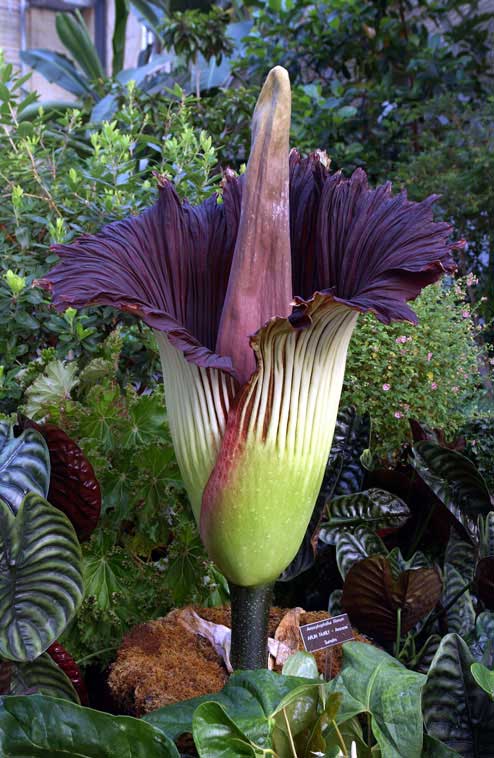
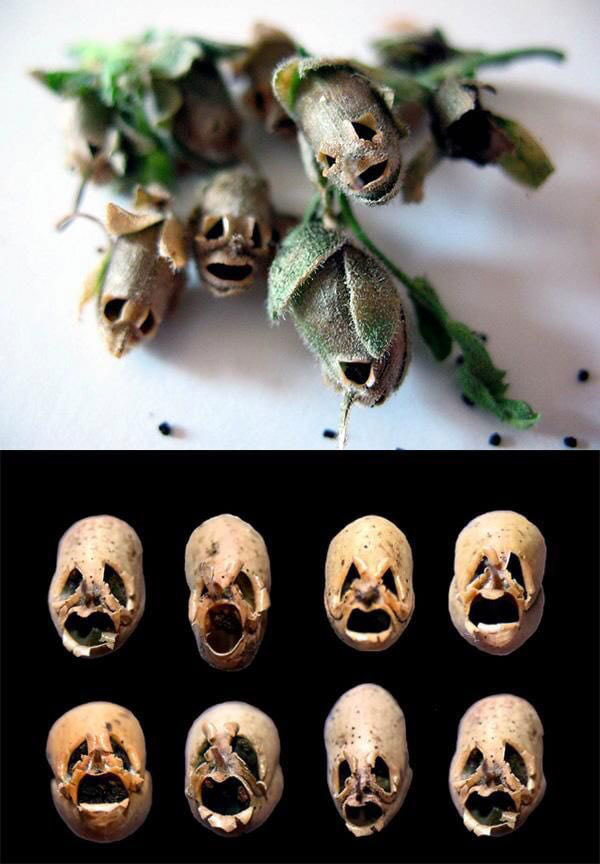
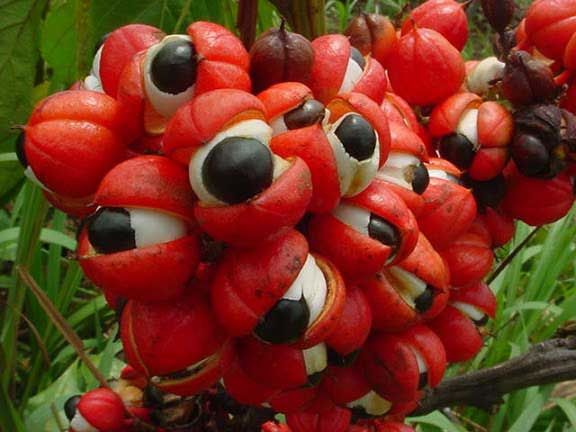
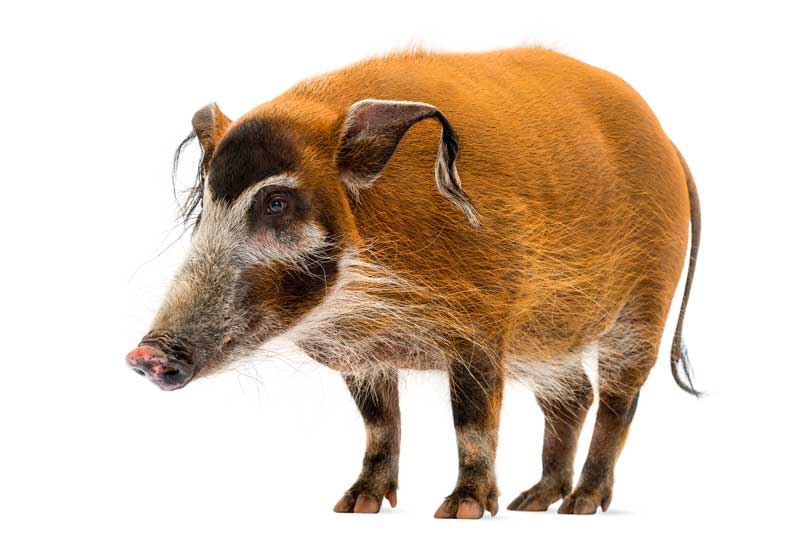
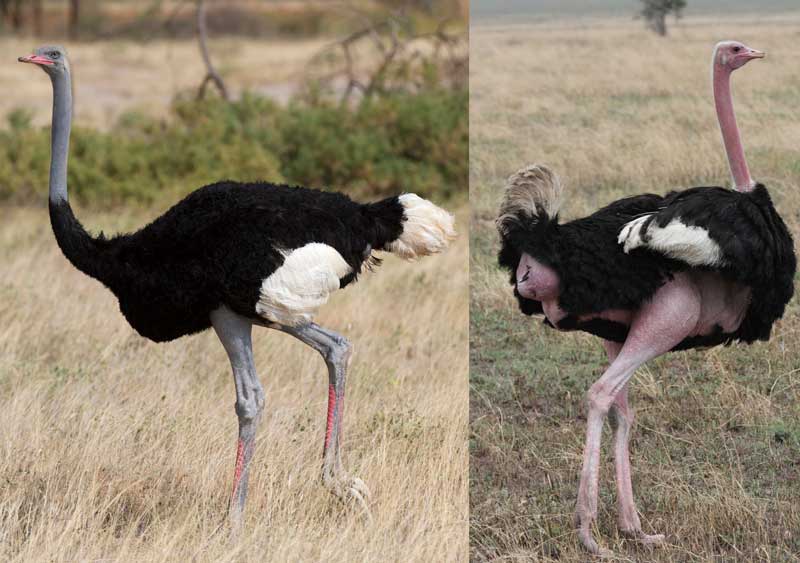


 RSS Feed
RSS Feed